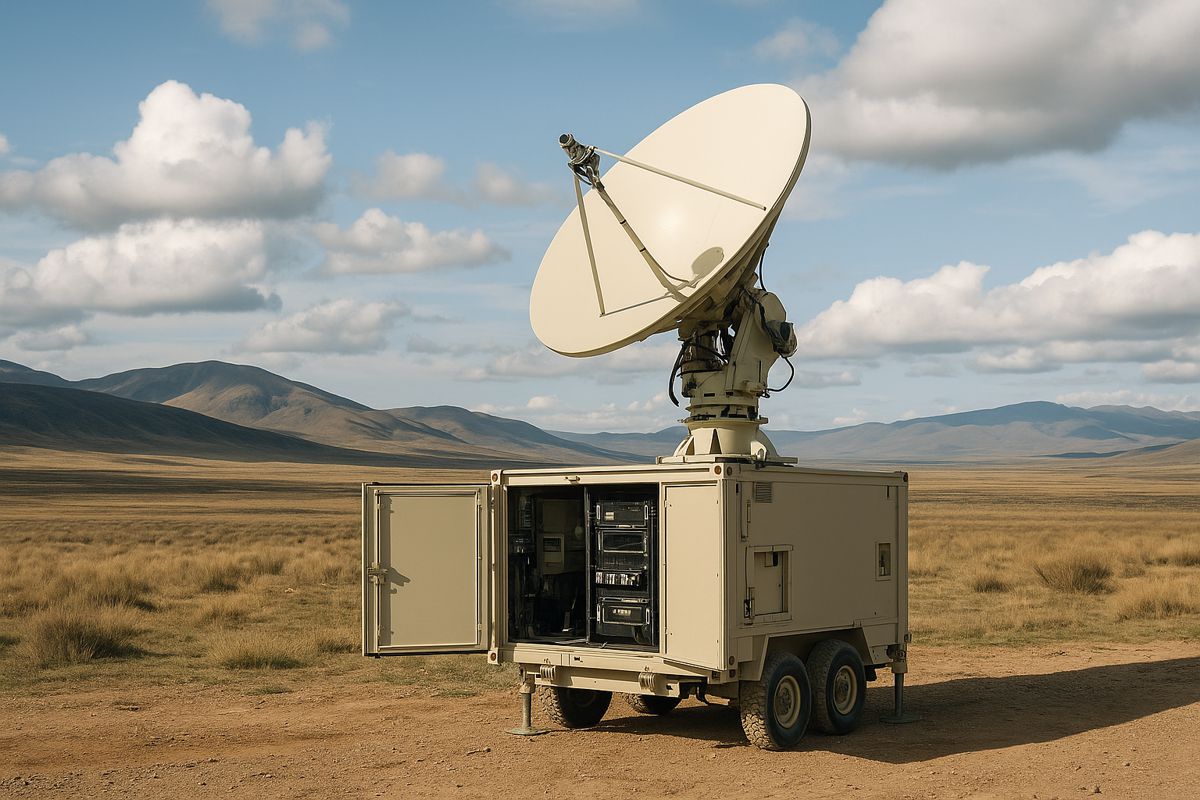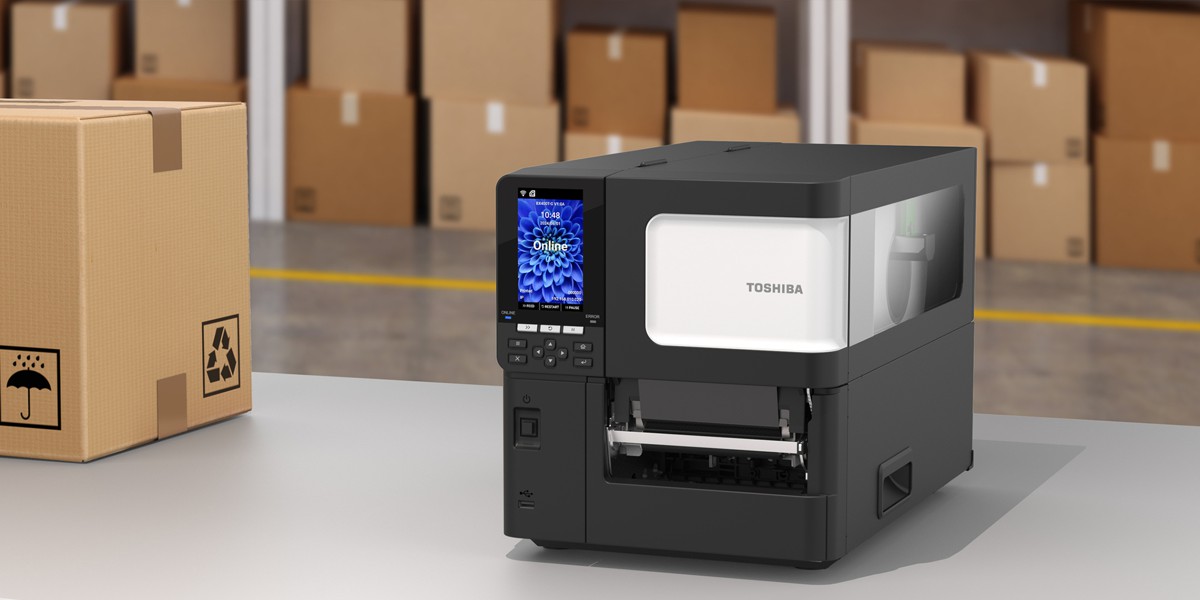Spark Microsystems Redefines Presence Detection For Next-Gen Smart Devices
Spark Microsystems is charting a new course for presence‑aware smart devices with its latest presence detection kit, a development platform built around the company’s LE‑UWB technology.
This new kit gives designers the tools to overcome the well‑known limitations of Bluetooth, Wi‑Fi and conventional UWB, paving the way for context‑aware devices that achieve superior performance while consuming dramatically less power.
Presence‑aware IoT systems have become essential across construction, industrial operations, access control, healthcare and a wide sweep of smart‑facility applications. Yet many of these devices remain constrained by energy demands and interference issues that hinder their effectiveness. Bluetooth and Wi‑Fi remain ubiquitous, though both impose significant power and battery burdens, particularly for continuous sensing. Their performance also drops sharply in dense environments, where multiple devices compete for space on the spectrum.
Conventional UWB offers stronger ranging capabilities, but the trade‑off in power consumption and system costs often makes it impractical for large‑scale or battery‑sensitive deployments. SPARK’s LE‑UWB platform was engineered specifically to address these weaknesses, offering a more efficient and more resilient foundation for next‑generation proximity sensing.
Advancing Detection With Ultra‑Low Power And High Precision
The new presence detection kit introduces developers to LE‑UWB connectivity that dramatically elevates power efficiency. Supported capabilities include unidirectional and bidirectional communications, ultra‑low‑power beaconing and flexible detection‑zone management. Engineers can implement line‑of‑sight Time of Flight calculations to access precise distance and proximity measurements.
Independent assessments highlight the scale of these gains. Compared with Bluetooth Low Energy beaconing, LE‑UWB consumes more than ten times less power, drawing just 30 microwatts at a four hertz sample rate. In comparison with traditional UWB, Spark’s innovation enables over twenty times the power efficiency while maintaining signal robustness in noisy and congested environments.
These improvements allow manufacturers to extend battery life, reduce device size and pursue wireless sensing applications that were previously impractical. The implications for construction and industrial safety systems are considerable, particularly for equipment tracking, worker positioning and site‑wide access management.
Meeting Market Demand For Smarter, More Efficient Sensing
Across sectors, demand for reliable presence detection continues to grow. Organisations require precise sensing systems that can monitor people, vehicles and assets without compromising battery life or incurring complex maintenance cycles. Spark’s focus on efficiency directly responds to these market pressures.
Product Manager Alberto Prud’homme noted the accelerating requirements for dependable sensing technologies: “The demand for presence detection solutions for people, assets, and equipment is growing rapidly. Deployment costs and maintenance related to battery replacement, along with interference resilience and solution flexibility, have become key differentiators in an increasingly competitive market.”
He added that the industry is ready for a fresh strategy: “A new approach is needed to achieve low power, robust and interference-resilient presence detection, leveraging development efficiencies that eliminate guesswork and speed design cycles. SPARK’s new PDK is the perfect starting point to accelerate the creation of next-generation, context-aware connected devices.”
Spark’s emphasis on low‑maintenance hardware speaks directly to construction and industrial users who depend on predictable, continuous operation. A sensor network that drains its batteries too quickly or falters in a busy radio environment can severely limit operational reliability.
Tools That Accelerate Development And Reduce Complexity
The presence detection kit is built around Spark’s flexible firmware stack, which integrates easily into existing platforms. The stack includes APIs for beaconing, ranging, data transmission and over‑the‑air firmware updates, allowing developers to build scalable systems without excessive custom engineering.
This approach increases versatility while reducing costs. The firmware supports a broad mix of microcontrollers and software architectures, enabling engineers to embed LE‑UWB into diverse smart devices. From rugged industrial sensors to construction‑site access tags, the system is designed to adapt to demanding conditions while maintaining energy efficiency.
Spark supplies reference hardware kits, demonstration applications and straightforward graphical interfaces to streamline evaluation and prototyping. These tools help teams fine‑tune detection behaviour, adjust sensing zones and validate system performance before progressing to commercial deployment.
Expanding Wireless Innovation Beyond Legacy Platforms
Spark Microsystems has established itself as a leader in short‑range wireless solutions designed for performance‑critical applications. Its LE‑UWB platform supports high‑speed communication with exceptionally low latency and industry‑leading interference resilience.
This technology continues to gain traction in wearables, industrial sensors, medical equipment, machine peripherals and integrated IoT systems. Its combination of data throughput and ultra‑low power consumption offers a compelling alternative to Bluetooth, Wi‑Fi or conventional UWB, especially for environments where power budgets are tight and reliability cannot be compromised.
For construction and industrial operations, LE‑UWB opens the door to a new generation of devices that detect, communicate and respond with greater accuracy. Whether monitoring access zones, identifying workers entering hazardous areas or coordinating autonomous equipment, low‑power presence detection becomes a gateway to safer, more efficient sites.
A Foundation For Future Innovations
Spark’s development platform encourages designers to rethink what short‑range wireless devices can achieve. As demand for smart environments intensifies, technologies that provide continuous presence awareness without excessive energy consumption will shape the next wave of IoT evolution.
The presence detection kit stands out as a practical catalyst for this shift, giving engineers the means to experiment, refine and accelerate development cycles. With a growing ecosystem of hardware, software and support tools, Spark Microsystems continues to position itself as a key innovator in next‑generation sensing applications.




















